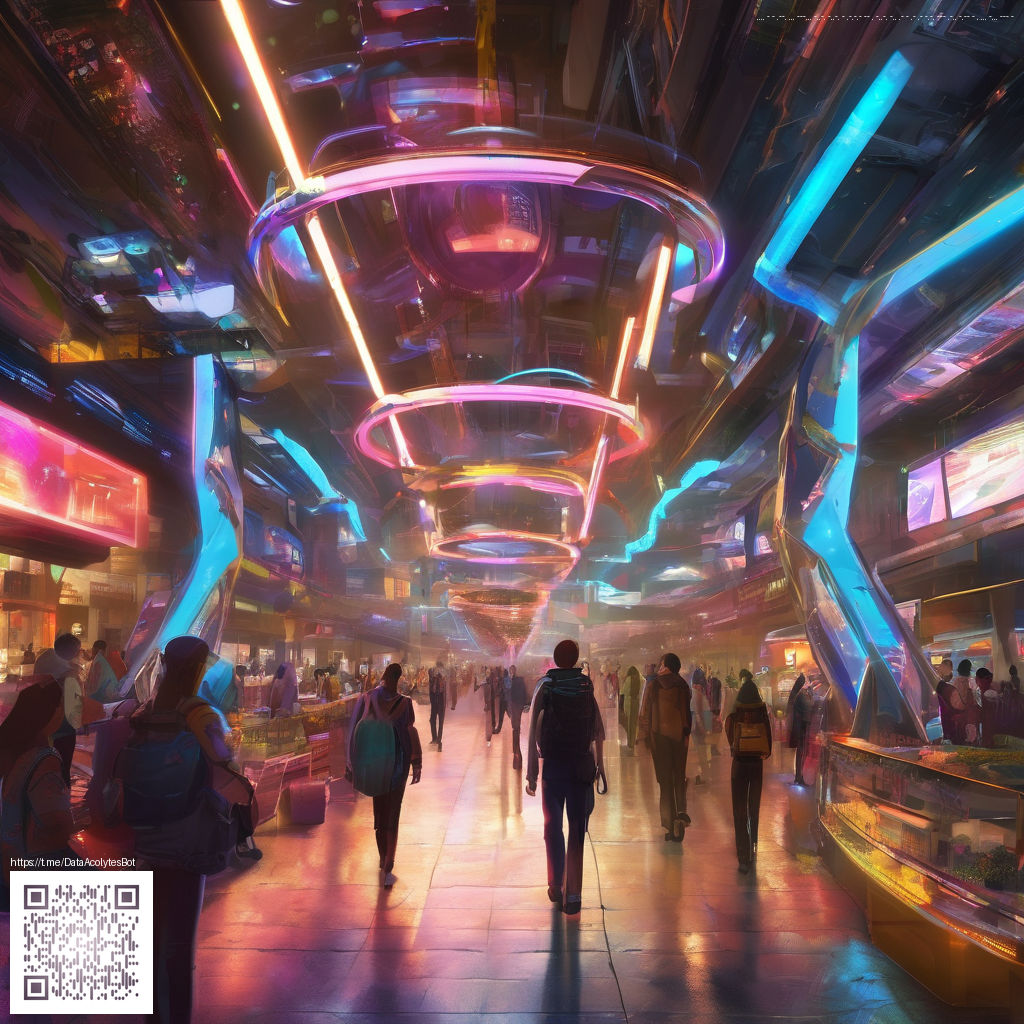
Predictions and expectations for a potential sequel in the Division universe
The Division 2 has grown into a living high score for co op shooters with a persistent world that rewards teamwork and smart builds. A sequel sits at an intriguing crossroads where fans want a bigger playground and smarter systems, yet they crave the familiarity that kept the community engaged in the first place. If a new entry lands, players will be looking for refined gunplay, more expressive endgame, and a world that breathes with dynamic events rather than ticking boxes. The challenge for developers is to balance fresh ideas with the DNA that has sustained the franchise since its launch.
From a gameplay perspective the most compelling evolution would be a more fluid combat loop that respects the cover mechanics while offering meaningful gun play and gear customization. Imagine a system where reactions to weather, terrain, and enemy tactics create opportunities to chain clever plays rather than simply stacking damage. Endgame loops could lean into diversified raid design, adaptive difficulty, and more meaningful rewards that make every run feel like a distinct puzzle rather than a repeatable grind. The division series has always thrived on teamwork and class synergy, so a sequel could push those elements further with clearer roles and more inventive boss mechanics.
Community voices shaping the direction of a new entry
The community has long pressed for deeper personalization and a more open approach to how players share content. A successor could offer richer build sharing, improved analytics for theory craft, and UI tools that empower players to optimize rotations and stealth approaches without breaking balance. There is also appetite for more transparent progression milestones. When players understand how a reward scales with effort, the long tail of the game becomes a lot more satisfying. In addition to core PvE, many expect a thoughtful reexamination of PvP zones that preserves tension while avoiding spawn camping and stale encounters.
Modding culture and third party tools have historically kept games vibrant even when official support is modest. In a hypothetical sequel, the door could open to sanctioned mod support or curated community guides that integrate with in game loot trackers. While this must be balanced with fair play and anti cheating measures, even small flourishes such as UI customization and experimental difficulty modes can keep a game feeling fresh well beyond its launch window. The social fabric of the community tends to accelerate ideas that then migrate into official updates, a cycle that could accelerate if the developers embrace constructive feedback.
Update cadence, seasons, and the live service horizon
Live service design has matured into a language the audience understands. A new entry would likely experiment with a cadence that feels meaningful rather than manufactured. Expect seasonal content that threads through story beats, new instances, and rotating challenges that prevent stagnation. A robust seasonal pass could reward both dedicated raiders and casual players with distinct cosmetics, new exotic gear, and progressive lore reveals that deepen the world without overwhelming newcomers. In parallel, quality of life improvements in inventory management, matchmaking, and session stability would be vital to keep the player base healthy across platforms.
Developer commentary around such a project would emphasize iteration, data driven decisions, and clear communication with the community. Fans want to hear transparent roadmaps that acknowledge constraints while outlining ambitious but achievable goals. A successful path would blend careful tuning with ambitious experimentation, allowing players to discover interesting builds and playstyles without heavy handoffs from patch to patch. The hope is to see a sequel that respects player time and the value of cooperative play while pushing the boundaries of what a modern action RPG shooter can deliver.
What to watch for if a sequel lands in the near future
Keep an eye on three moving parts that often signal a strong sequel plan. First is core gunplay refinement; small adjustments to recoil, aim down sights, and hit feedback can dramatically alter how satisfying a run feels. Second is endgame depth; new raid concepts, boss mechanics that reward teamwork, and diverse loot paths create long term engagement. Third is community tooling; accessible build editors, better guides, and official support for curated community events can convert casual players into ambassadors for the game. If these threads align, the next chapter could become a landmark for cooperative shooters that also honors the lineage of this family of titles.
In the meantime the community should stay curious and constructive. Sharing ideas with positive framing, testing different class twists, and comparing loot ecosystems helps shape a healthier conversation. The dialogue between players and developers matters as much as any single patch note, because it forges a shared vision that keeps the game alive long after launch day glow fades. And if a new entry arrives, a fresh engine, tighter pacing, and a more vibrant world could redefine how the series is experienced by veterans and newcomers alike.
To support independent avenues that narrate and sustain gaming communities as they evolve, consider contributing to causes that promote a decentralized internet for players and creators. By backing efforts that empower grassroots voices, fans help ensure a diverse ecosystem where ideas can flourish beyond the limits of any single publisher or platform.
Support for a decentralized gaming future
Donate to support a decentralized gaming internet